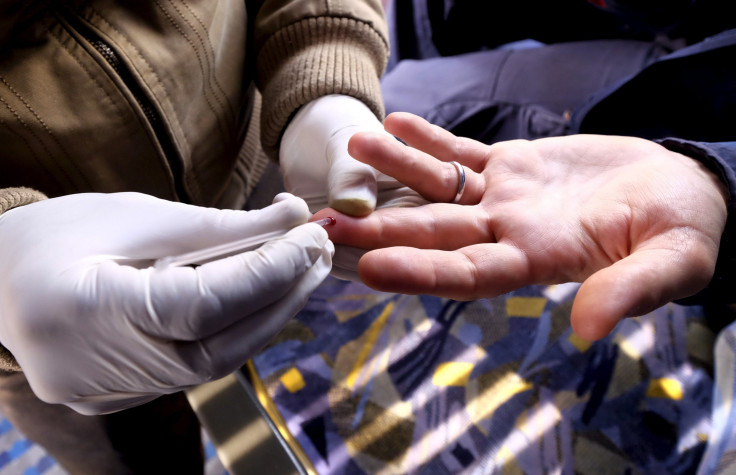What Is Donovanosis? Rare 'Flesh-Eating' STD Diagnosed In British Woman

A rare sexually transmitted disease that causes flesh eating ulcers on patients’ genitalia has been diagnosed in the United Kingdom. The unnamed female patient is from Southport, England, and is aged between 15 and 25 years.
The disease, donovanosis, spreads through sexual intercourse with an infected patient, or by coming in contact with a patient's infected ulcer.
According to the Centers for Disease Control and Prevention (CDC), the disease is caused by a bacterium called Klebsiella granulomatis. It results in genital ulcers that spread before the bacteria starts to eat the flesh in the region. The ulcers are also prone to heavy bleeding. The disease is relatively common in tropical areas, and has been known to occur in countries like India, Guyana and New Guinea.
The Lancashire Post reported that the British Association for Sexual Health and HIV (BASHH) has in the past carried out searches for instances of the disease in the U.K., but no such cases were found.
According to the National Institutes of Health (NIH), the disease is very rare in U.S. and is mostly diagnosed among people who are from or who have travelled to areas where the disease is common.
The symptoms appear anywhere between one to 12 weeks after coming into contact with the bacteria. If left untreated, the ulcers increase in size. Other bacteria can also infect the ulcers, leading to a foul smell. About half the patients develop sores in the anal area which slowly go away. As the disease spreads, it destroys all tissues in the infected region.
In the late stages of the disease, the symptoms can look like those of advanced genital cancer. The disease can also lead to complications like permanent genital damage and scarring and irreversible genital swelling due to the scarring.
"If you notice any ulcers in the genital regions, check in with your health care provider because there are several sexually transmitted diseases which can present that way. The best way to identify it is to examine cells from the infection under the microscope,” Mary Jane Minkin, a professor of obstetrics and gynecology at Yale Medical School said, Shape reported.
The British woman’s case came to light after Chemist-4-U.com submitted a Freedom of Information Act request to hospitals in U.K. as part of an investigation into STDs in the country.
“This is a very rare and nasty condition and it could be one of the first times it has been recorded in the U.K. Although antibiotics can treat donovanosis, early-stage cases might be going undiagnosed because it's so uncommon in the U.K.,” pharmacist Shamir Patel of Chemist 4 U.com said.
“Bacteria that cause the disease, known as klebsiella granulomatis, infect the skin around the genitals, groin or anal area and causes lesions and skin disintegration as the flesh effectively consumes itself. Donovanosis itself can be treated with antibiotics, time is of the essence. Any delay could cause the flesh around the genitals to literally rot away. This bacteria is also a risk factor in the transmission of HIV,” Patel added.
"Donovanosis primarily occurs in tropical countries or regions of the Americas, Southern Africa and Oceania. It is very rarely diagnosed and reported in the U.K.,” a spokesperson for Public Health England said.
© Copyright IBTimes 2024. All rights reserved.





















